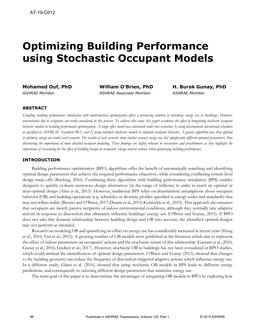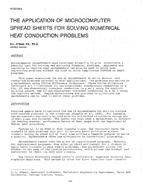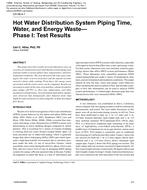Boston Edison’s service territory can be viewed as serving basically two types of load:
- The heavily commercial/industrial load, located in Downtown Boston, which comprises about 1/3 of the total amount and is concentrated in approximately 3 sq. miles. Load density in this area varies between 150 mva to 300 mva per mile. At high load densities, economics dictated the use of large 3-phase transformers which were then interconnected on their low voltage side to take advantage of inherent load diversity, thereby achieving further economies. This supply type is commonly referred to as a low voltage secondary network system. (Fig. 1)
- Edison’s remaining load is less dense, scattered throughout its system, and is composed of largely light commercial/residential load. These requirements are met by the installation of smaller size transformers, making networking economically and electrically unattractive. Source of supply for this type load is radial, and is accordingly labelled a “radial system.”
The following overview outlines the prominent characteristics and differences of these supply modes, emphasizing the voltage variations peculiar to each.
Citation: Symposium, ASHRAE Transactions, Volume 82, Part 1, Dallas, TX
Product Details
- Published:
- 1976
- Number of Pages:
- 6
- File Size:
- 1 file , 480 KB
- Product Code(s):
- D-DA-76-03-2


